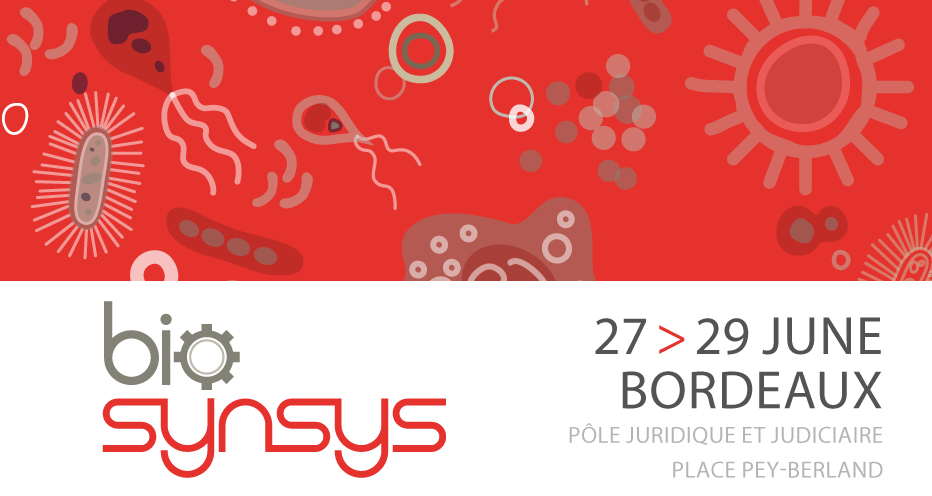Whole bacterial genome transplantation (GT) allows the installation of purified chromosomes into recipient cells, causing the resulting organisms to adopt the genotype and the phenotype conferred by the donor cells. Combined with in-yeast whole genome cloning and engineering tools (CRISPR, TREC, etc...), GT technology has been a major breakthrough in the synthetic biology (SB) field, notably for the study of intractable microorganisms but also for top-down approaches. The recent creation of a synthetic bacterium, carrying the smallest genome among microorganisms capable of autonomous replication by Hutchison et al. in Science, highlights perfectly the potential of such tools. This work has been conducted on the genome of Mycoplasma mycoides subsp. capri (Mmc) that has been chosen, not because it was consider as the ideal candidate, but because GT technology was only available for a single pair of closely related bacteria including Mmc. Therefore, the extension of the GT technology to additional microbial species has now to be considered as one of the main challenge of SB.
We focused our attention on the comprehension of the main factors driving the GT technology and limiting its application. We explored the effect of the phylogenetic distance between donor genomes and the recipient cell on GT efficiency using seven species from the Spiroplasma phylogenetic group showing increasing phylogenetic distance to the Mcap recipient cell. Our results demonstrate for the first time that GT can be achieved with several Mcap related genomes, including a mollicutes belonging to a different genus. It clearly established that GT efficiency is inversely correlated with the phylogenetic distance between donor and recipient bacteria but also suggest that other species-specific barriers to GT exist. This search also forced us to better comprehend additional barriers impacting the GT process as well as the compatibility between incoming genome and the recipient cell enzymatic machineries. Insights regarding recombination events or importance of the replication process during GT will be discussed as a way to optimize of donor genomes or recipient cells in order to create more “universal” transplantation platforms.
Overall, this work provides useful engineering platforms for the development of innovative strategies toward the development of cellular chassis for the creation and optimization of efficient vaccines.

 PDF version
PDF version
